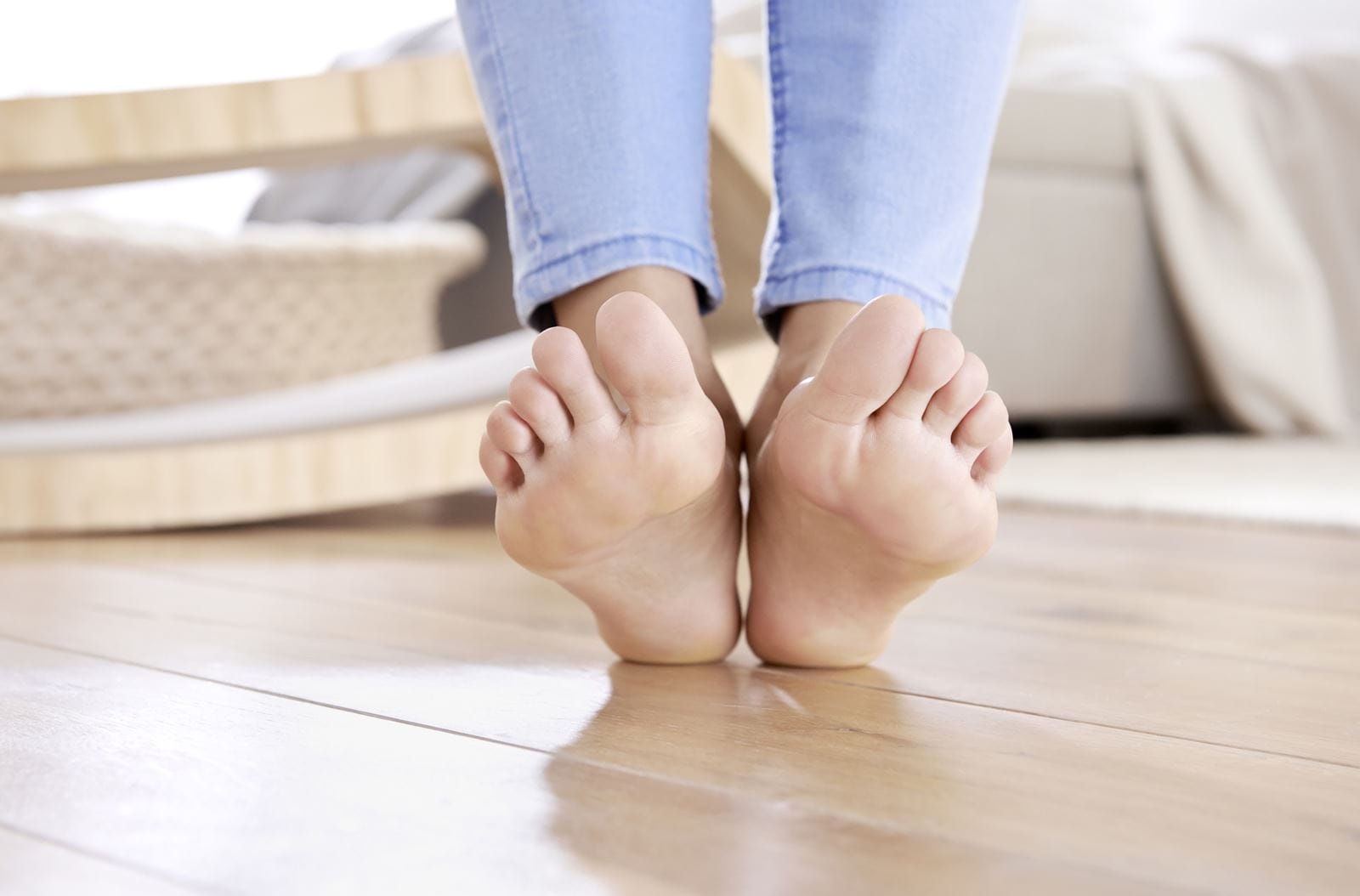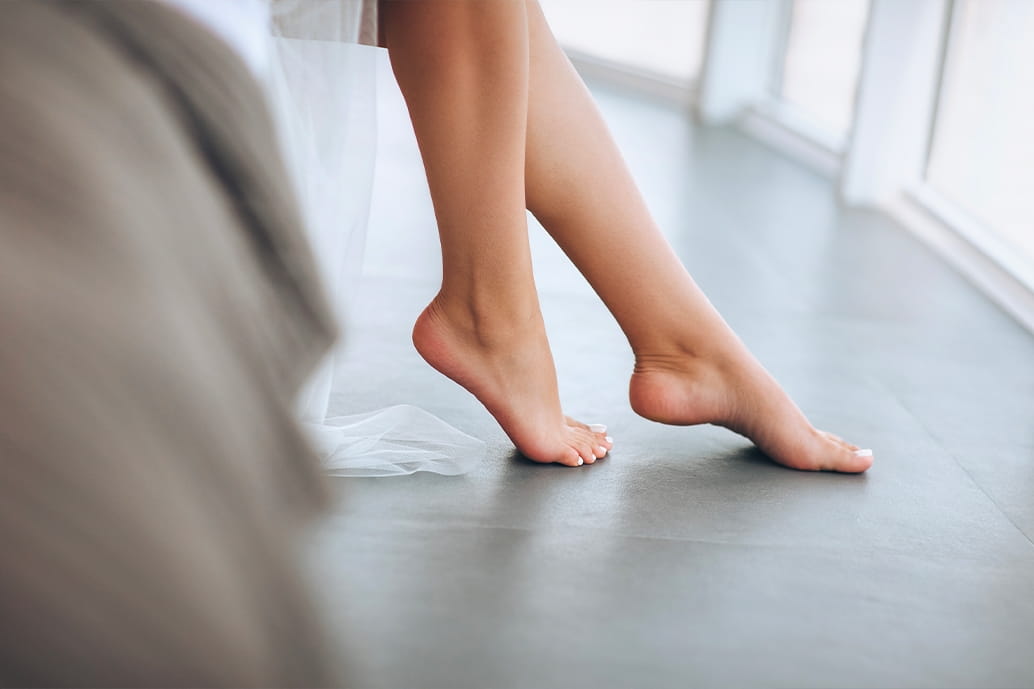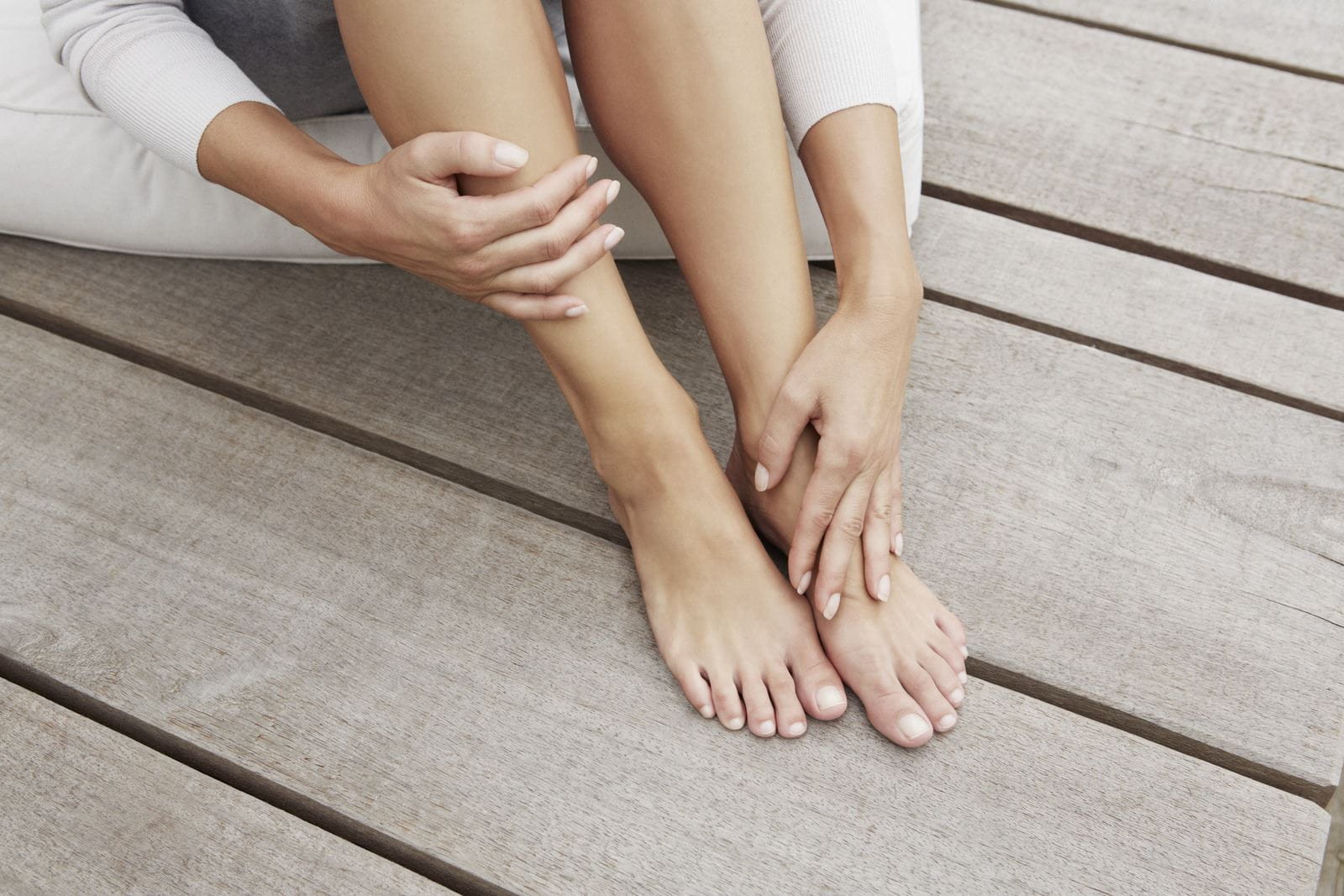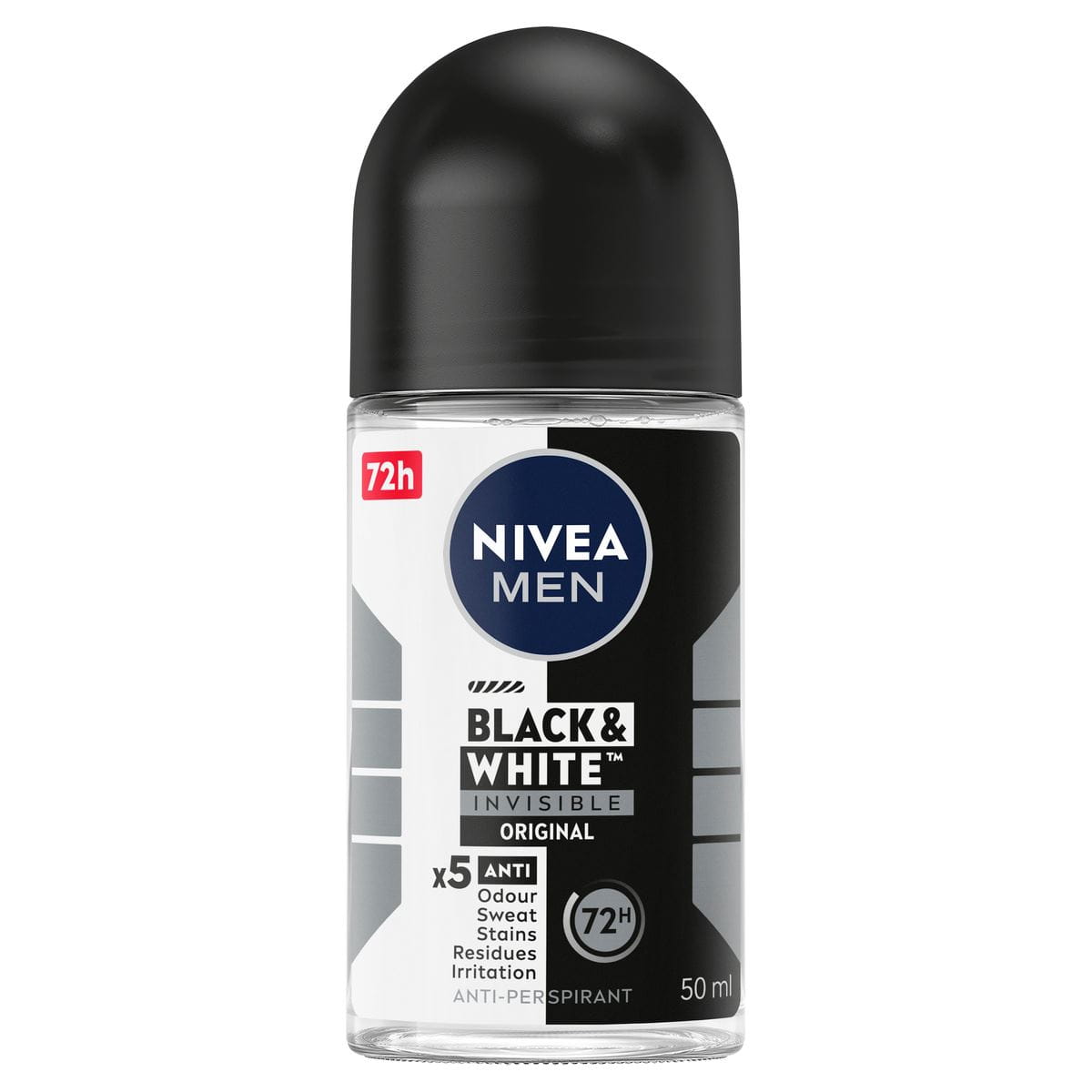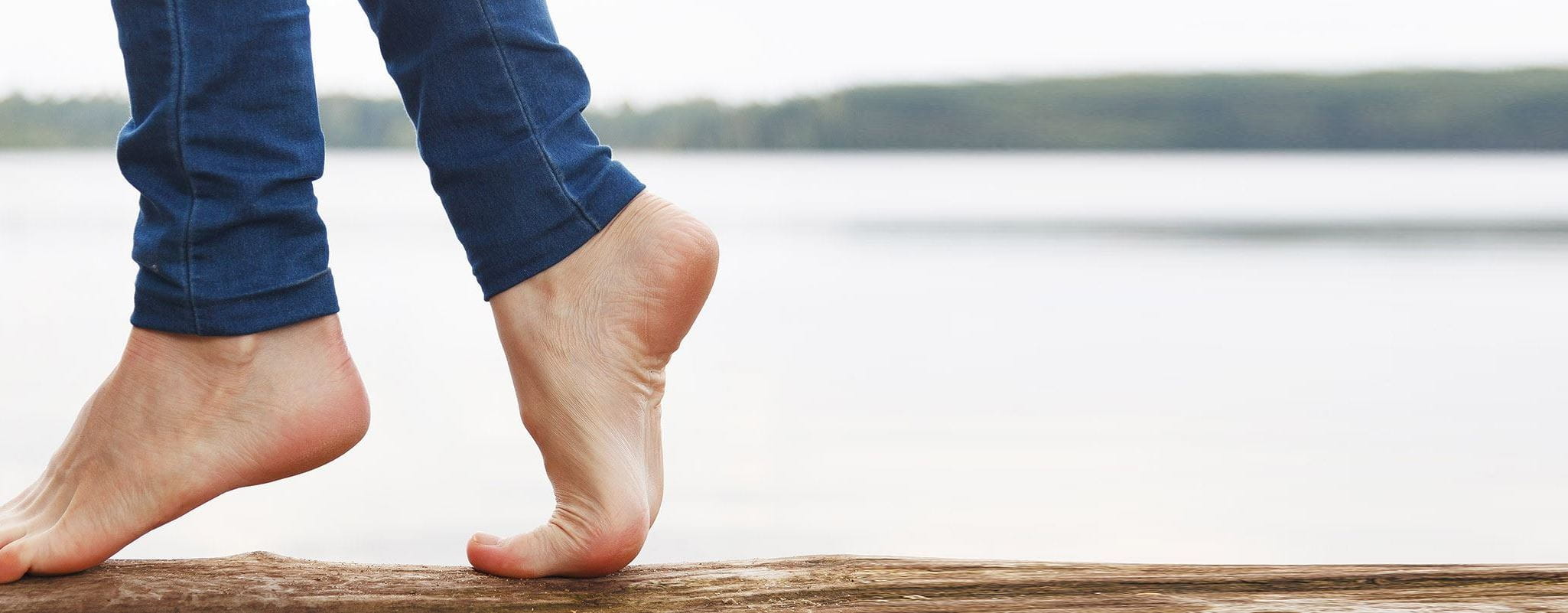
What Causes Cracked Heels
WHAT ARE THE CAUSES OF CRACKED HEELS?
Cracked heels are caused by thick or dry skin, on and around your heels. The skin on our feet is usually more dry and dehydrated than the skin on the rest of the body and this is usually due to the fact that there are no oil glands on the soles of the feet. As a result, your heels may lose suppleness and elasticity due to lack of moisture. This can get worse from even the most gentle of pressures, such as a light walk. When dry skin starts to split it can lead to unsightly, painful and even bleeding cracked heels.

